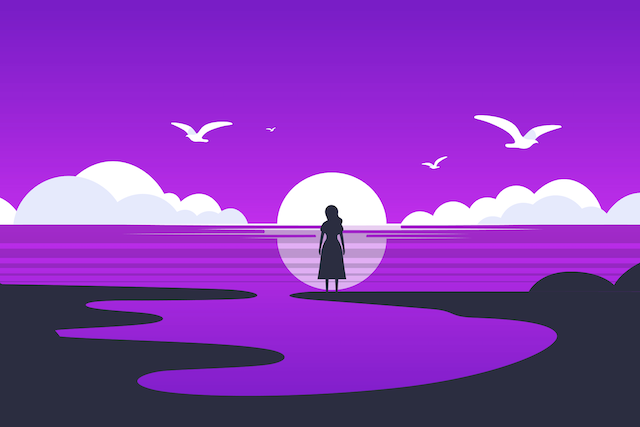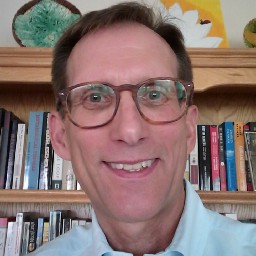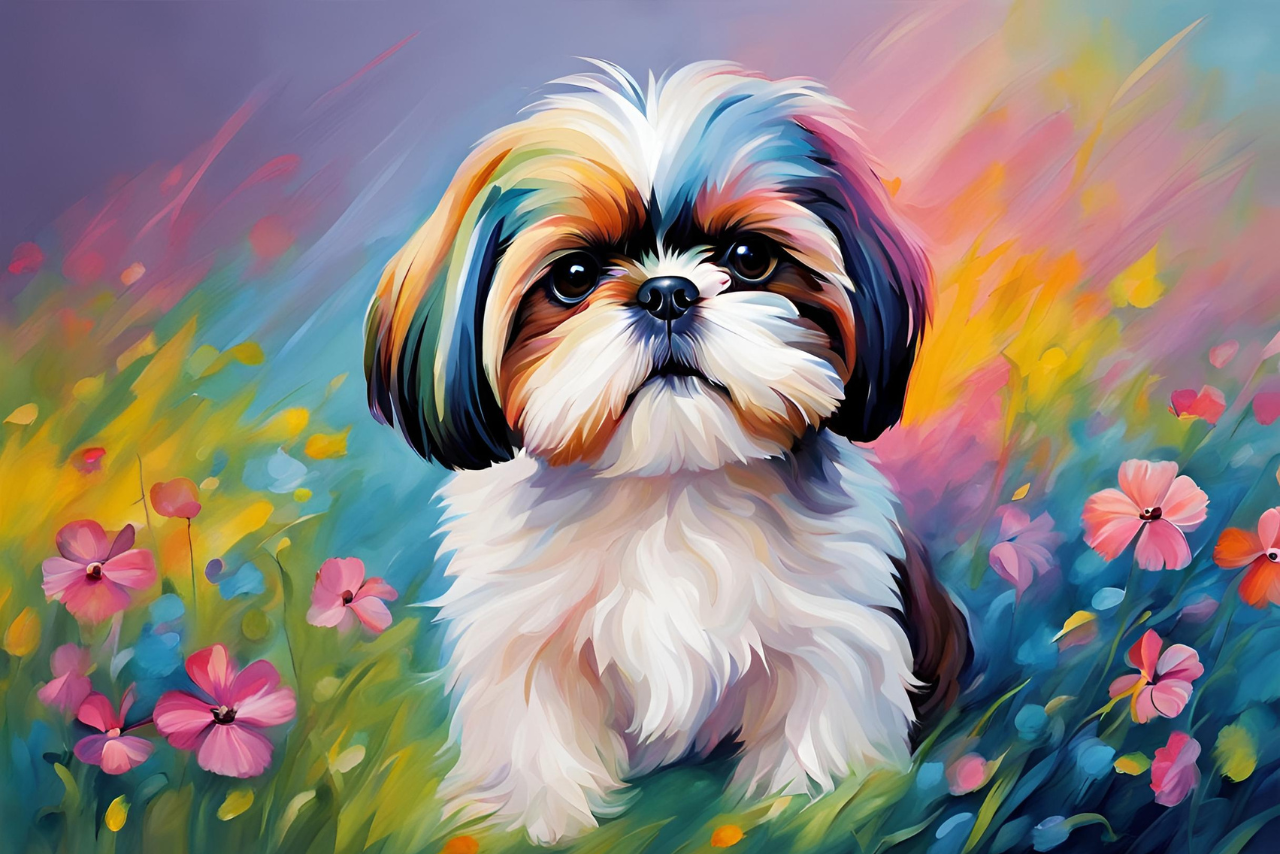4 Lessons I Learned from Leaving a Toxic Relationship
“It takes strength and self-love to say goodbye to what no longer serves you.” ~Rumi I promised myself at a young age that when I got married, I was not going to get divorced, no matter what! My parents had divorced when I was five, and I knew that I didn’t want to put my kids through what I’d experienced as a child who grew up in a “broken” family. I wanted my kids to know what it was like to live in a house with both their parents present and involved in their lives. So, when I found myself seven years into my marriage, sitting in a therapist’s office wondering if my husband and I were going to make it, I had no idea what I would be facing if I had to navigate life, let alone parenthood, without my husband. How does one break free from emotional and verbal abuse without it permanently affecting who they are as a person?! All I could think about at the time was my three beautiful girls, who deserved to have happy parents in a happy home living a happy life! From the outside, our lives looked that way, but our reality was nothing of the sort. The yelling, the name-calling, the threatening, the withholding, and the verbal and emotional abuse were taking their toll on all of us until one day, after five years of trying to make it work, I had had enough. The night I will never forget, almost twelve years into my marriage, we were all sitting at the dinner table, and like every time before, with no warning, a switch flipped, and the yelling began. But this time, I packed up my things and I left. And this would be the last time I would leave; after the three attempts prior, I was lured back with promises that everything would be okay and we would make it work, but this time was different. I didn’t go back. Okay, I was out; now what?! Little did I know that leaving would be the easy part. Some of the most trying and challenging times of my life happened after I was able to finally break free. But I didn’t know that learning how to love myself again and believe that I was worthy of good things was going to be the real challenge, especially after what I’d faced. The storms that happened once my marriage was over would shake me to my core. One particular time was when my middle daughter, only thirteen at the time, was able to find her way down to Tennessee from central Wisconsin without anyone knowing where she was or if we’d be able to find her. My daughter despised me for breaking up her family and wanted to get as far away from me as she possibly could, even if it meant entrusting strangers to drive her in a car for fifteen hours while they made their way to Tennessee. Waking up the next morning after she vanished and reading the “goodbye” note she’d left on her bed, I honestly did not know if I would ever see her again. To say I was in panic mode would be an understatement for how I felt during the next twenty-four-plus hours while we—my parents, my friends, my siblings, the police, and even strangers—attempted to find my daughter. I can think of no worse feeling in the world than that of a mother who is on the verge of or has just lost her son or daughter. I wondered, “How can this be happening? Haven’t we already been through enough?” Exactly twenty-six hours after my daughter had found her way into that stranger’s vehicle, I received a phone call from a deputy in a county in Tennessee saying they had found her. Thank you, Lord, was all I could think—someone is watching over us! I realized then it was time to figure out how to love myself again and heal from my divorce so I could be more present for my daughters. Are there things I would have done differently? Absolutely! But you can’t go back and change the past; the only thing you can do is learn from it and do your best not to make the same mistakes going forward. The best thing I did for myself was sign up for a subscription that gave me access to hundreds of workout programs I could do from home (since I was the sole provider of my daughters at the time). As I completed the programs, I saw improvements in not only my body but also my frame of mind, which pushed me to want to be better and do better with each one after that—not just for me but for my girls also! Being able to push through tough workouts and seeing that I could do hard things that produced positive results helped build my confidence at a time when I needed it most! This newfound confidence boost encouraged me to keep pushing forward, even in the eye of the multitude of storms I was facing, which allowed me to start to heal. The workouts were just the beginning for me. Ultimately, they led me on a path that would help me discover how to love myself again. When I left my now ex-husband, I had no idea what I would be faced with until I was finally able to break free for good. But now that I have been out and have been able to transform my mind and love my life again, I realize just how incredibly powerful some of these lessons that I’ve learned truly are. 1. Forgiving is the first step to healing. A lot of people believe that forgiveness means you are condoning someone’s behavior, but that is not at all what you are doing when you forgive. Forgiveness is intentionally letting go of negative feelings, like resentment or anger, toward someone who has done you wrong. Choosing to forgive when you’re ready means that you are




